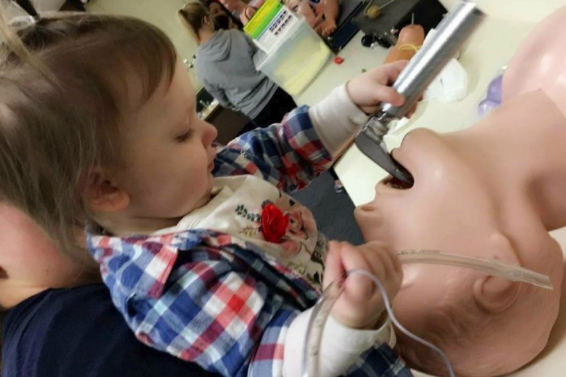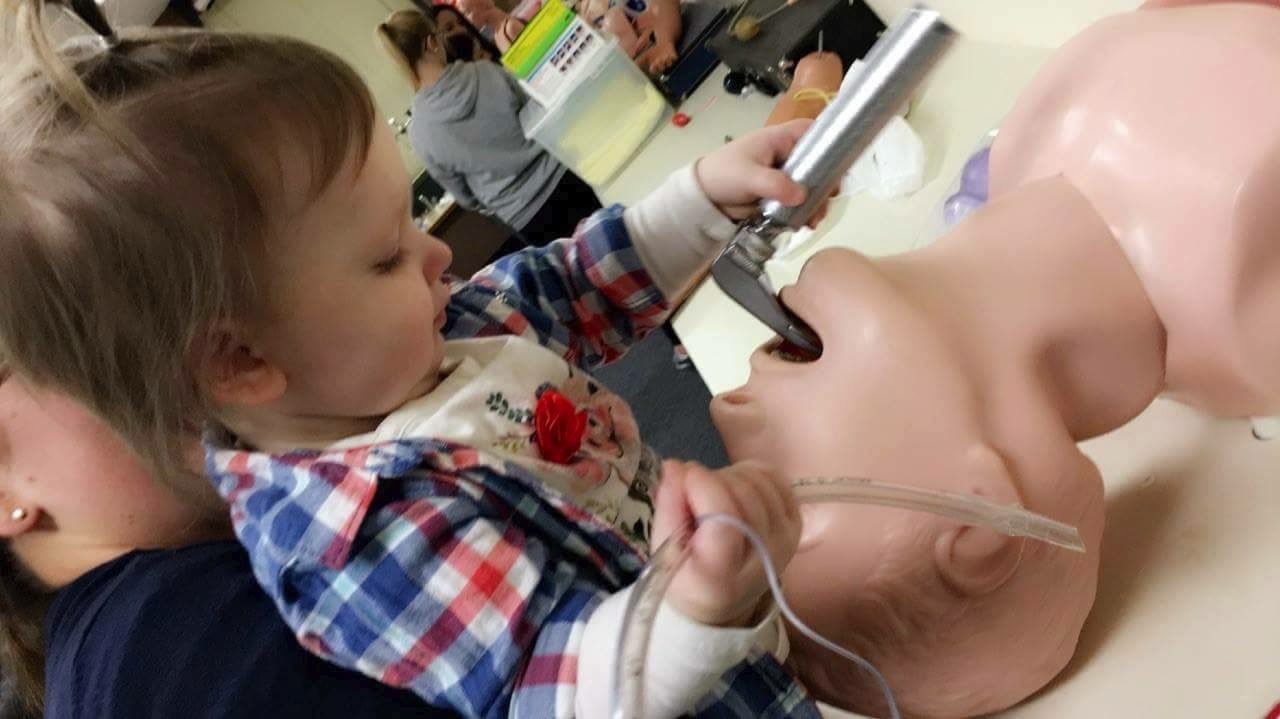June 19, 2018

A young paramedic-in-training shows an aggressive, sans-stylet approach to endotracheal intubation.
Today in Sacramento, CA, the medical directors of California granted an extension on pediatric endotracheal intubation to any provider with a CAMTS accreditation. This accreditation is currently held by all aeromedical transport services and Hall Ambulance of Bakersfield. The decision was made to extend pediatric intubation until a new statewide critical care scope of practice can be introduced and operational for at least 6 months.
In September of 2018, the directors, which meet formally through their EMDAC organization, made a quick decision to remove pediatric endotracheal intubation after the safety of the procedure was called into question. Utilizing an airway management study from the Los Angeles region in 2000, these physicians argued that the efficacy of the procedure was unclear yet presented a high risk to the public.
Immediate concerns were raised by many paramedics, physicians, and medical directors. The studies utilized in the removal predate many important technologies such as end tidal CO2 capnography. They also stated that while endotracheal intubation is listed as a procedure for any unmanageable airway, it is truly only performed in catastrophic cases such as respiratory and cardiac arrest. Furthermore, when asked for current data, CalEMSA reported they don’t track pediatric intubation, pointing to a much larger data collection problem in California paramedicine.
The critical care community has responded by asking the skills to be added to a statewide scope of practice for their Paramedics. They argue that advanced airway management is often one of the crucial services they provide in their daily operations. They also argue that preventing a paramedic from administering RSI medications or performing endotracheal intubation effectively requires their registered nurse partner to be in two places at once on high acuity incidents.
Non-critical care services will be left with supraglottic airway devices as a stop gap between the need for airway management and the perceived lack of training and data reporting. The new critical care scope in development will include both RSI medications and pediatric intubation as an answer to this problem. The new scope will require increased training and data collection.
Importantly, the collaboration between directors in creation of this scope is creating optimism of a new wave in potential standardization of California’s paramedic treatment protocols. It also alludes to the need for increased education for California paramedics, as it has become difficult to argue that paramedics are adequately trained alongside other healthcare providers.



